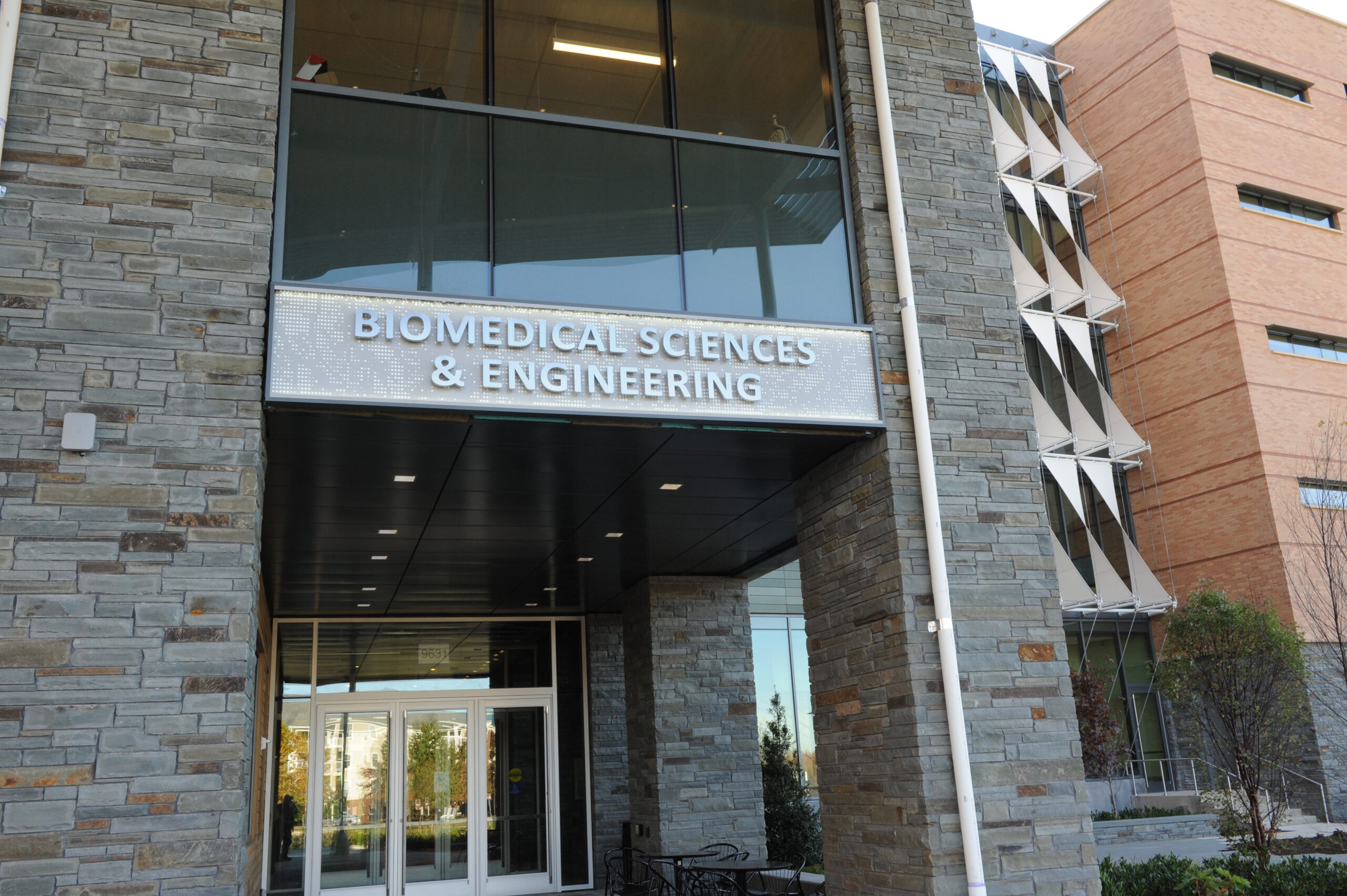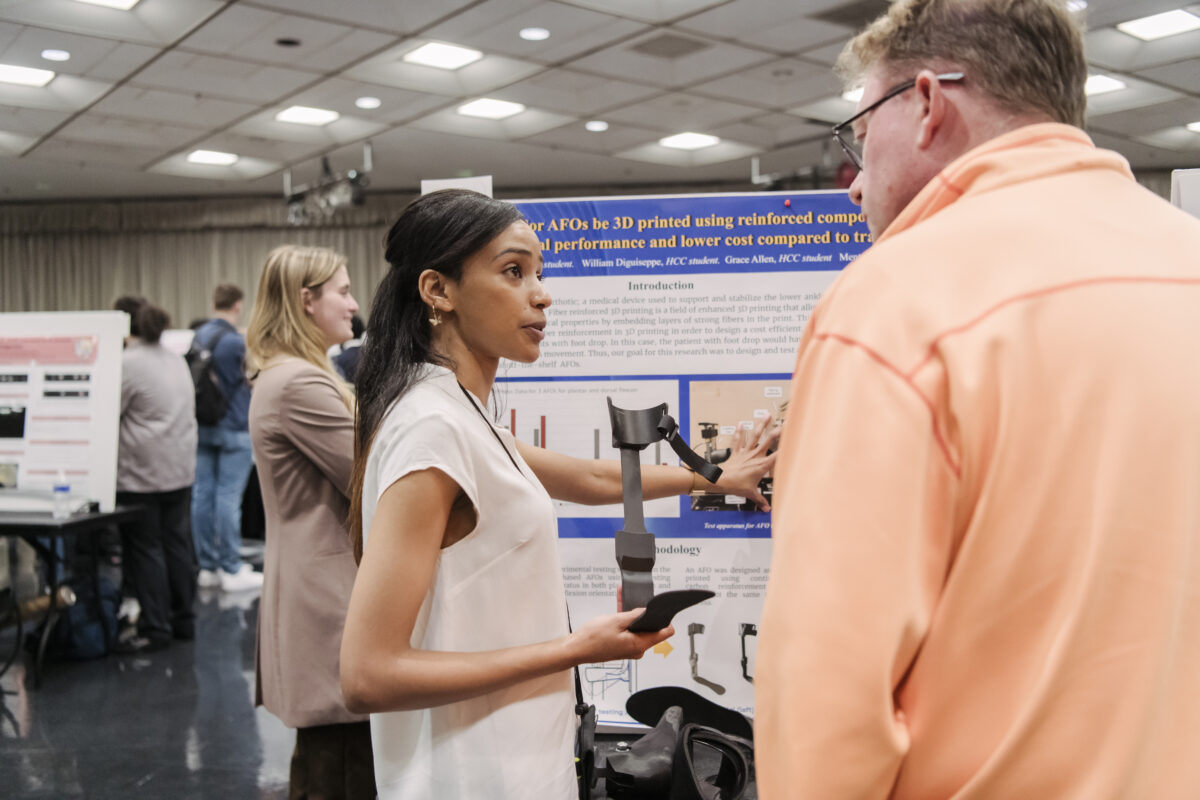UMBC students like Jackelyn Flores are increasingly taking advantage of high-impact programs at The Universities at Shady Grove (USG), a Montgomery County campus UMBC shares with eight other Maryland public universities. Opportunities for her and other UMBC-Shady Grove students are expanding even further today with the opening of a new Biomedical Sciences and Engineering (BSE) Education Facility on the popular campus.
Flores ’21 is one of the first students to pursue UMBC’s new degree in translational life sciences technology (TSLT), launched at Shady Grove this fall. Fascinated by biotechnology, she completed her associate’s degree in the field at Montgomery College (MC) while working full-time in the cell therapy department at Lonza, a biotech company near Frederick, Maryland. She’s now enhancing her biomedical sciences knowledge and lab skills through the UMBC program, in a region with particularly high demand for biotech professionals.
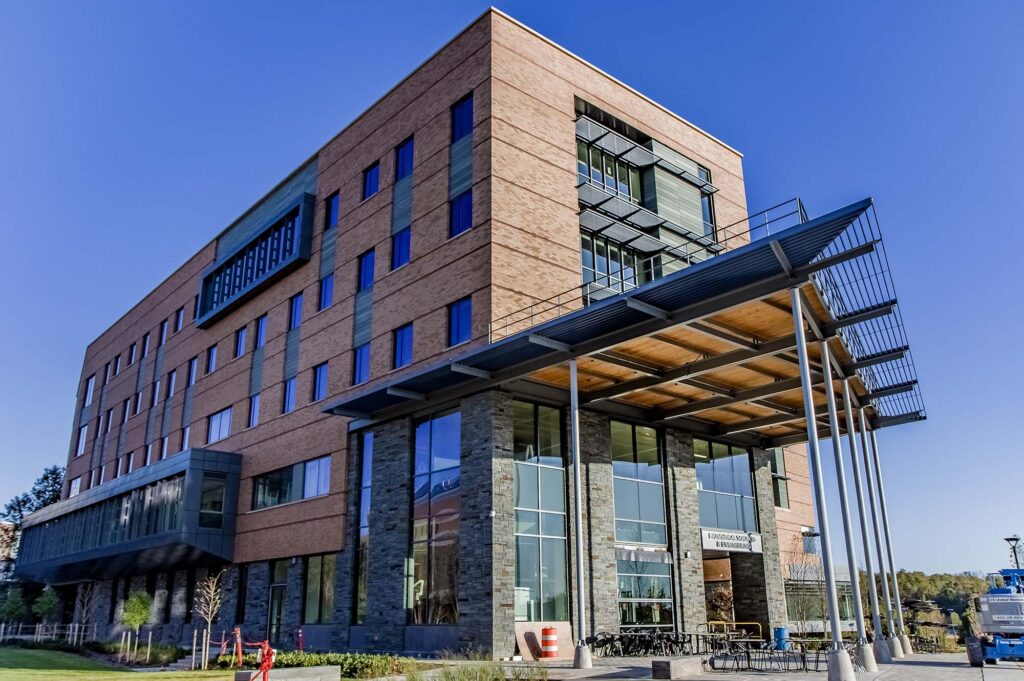
Access to state-of-the-art science
At USG, UMBC offers both the new TLST bachelor’s degree and a master’s of professional studies in biotechnology that relaunched exclusively at USG last year. Three new teaching labs in the BSE will greatly increase opportunities for students in these programs to develop their skills with state-of-the-art lab equipment, from liquid chromatography to bioreactors to high-end microscopes.
“Because it’s top-notch equipment, this is what they’ll see when they go work at a biotech company,” says Annica Wayman ’99, mechanical engineering, M6, associate dean for Shady Grove affairs in UMBC’s College of Natural and Mathematical Sciences (CNMS). “They’ll be more prepared for those jobs because they’ll already be familiar with the equipment.”
The fact that many disciplines will offer courses in the building will also help students prepare for the workforce. “This building symbolizes an opportunity to bring the disciplines together to address societal problems,” Wayman says, “and to discover how they can work together to address the biggest challenges.”
Wayman hopes the building will be a resource for companies in the area, whether that means project-based courses where students tackle real industry needs, or startups renting time on the equipment for their own projects. These connections would benefit students, too, who will get the chance to work more closely with biotech professionals while completing their degrees.
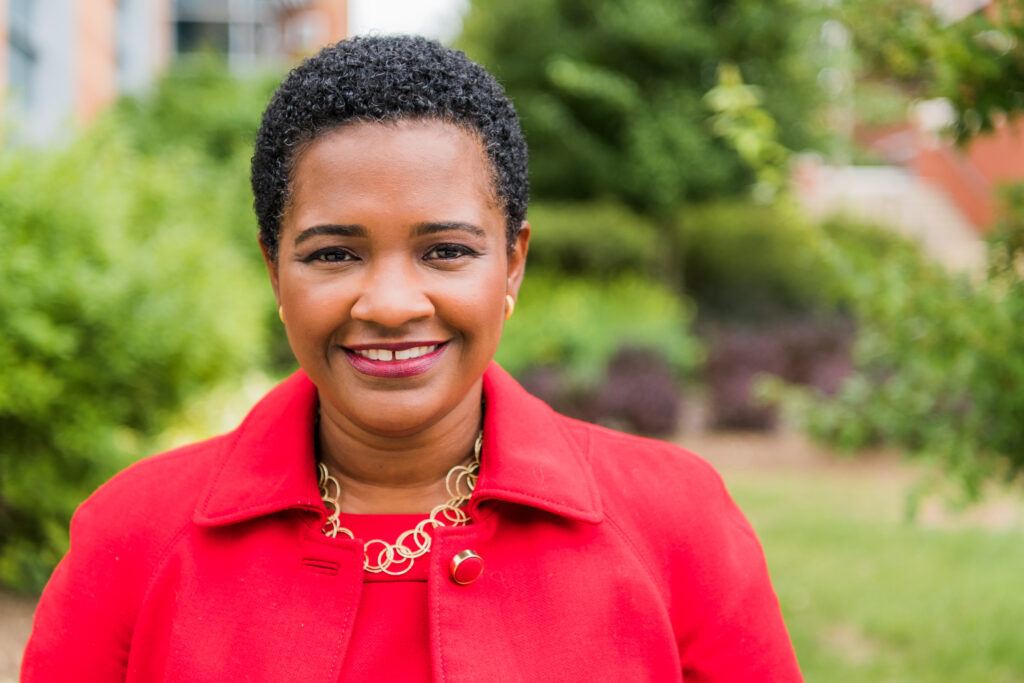
Blazing a trail in student training
The path that Jackelyn Flores took from Montgomery College to UMBC is one purposefully designed through a collaboration between the two institutions. “CNMS is a trailblazer in keeping our education programs up to date with the rapid pace of science and technology development, and in making sure students have the skills the biotech industry needs now,” Wayman says. “We also work closely with MC so the program pairs well with their very hands-on biotech program. We created this program to build on that.”
As she prepared to transfer from MC to UMBC, Flores found a supportive community that gave her the information and resources she needed to be successful. “UMBC offered plenty of open house sessions where I was able to meet directly with UMBC staff who answered all of my questions, and UMBC staff maintained active communication throughout the application process,” she says. “It was extremely reassuring to know that the school cared and was offering so much help.”
“The program at Montgomery College did an amazing job in helping me develop the lab skills necessary for the industry,” Flores says. “The TLST program is enhancing my lab and critical thinking skills while also reinforcing my knowledge of the biomedical industry.”
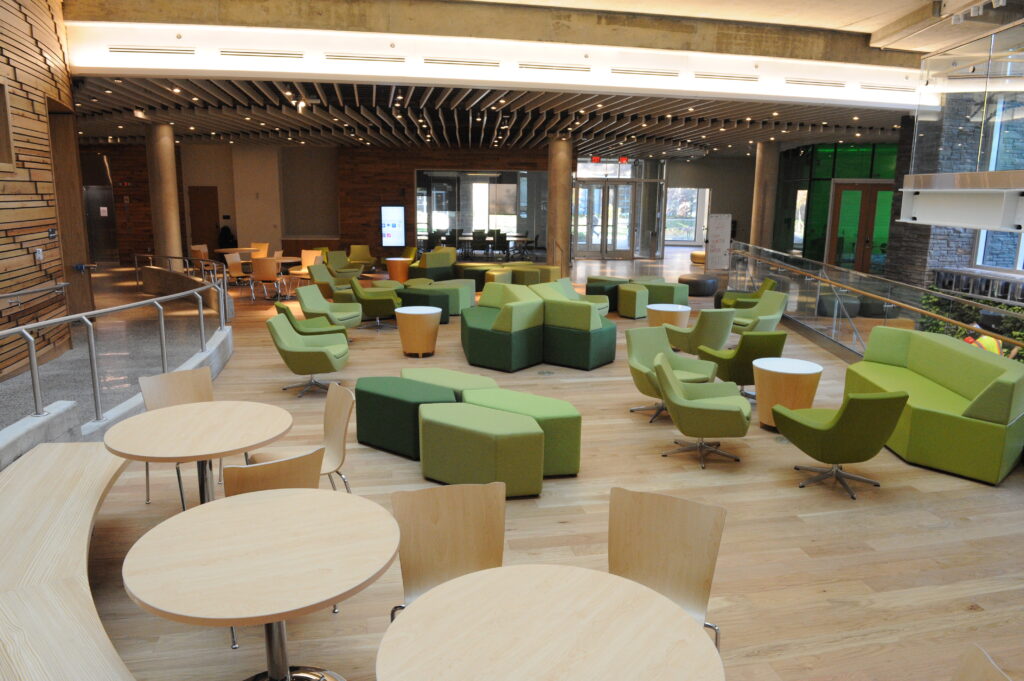
Growing Maryland’s STEM workforce
UMBC plans to continue to grow its already robust STEM presence at USG. Beyond offering TLST at the undergraduate level, UMBC offers graduate programs in biotechnology, cybersecurity, data science, geographic information systems, and technical management. Additional STEM programs matching the needs of local employers are on the horizon. Complementing all of these are popular programs in psychology, social work, political science, and history.
“One of the goals of CNMS and UMBC being at Shady Grove is to contribute to workforce development for the state, particularly in STEM,” Wayman says, “The new building provides USG and UMBC the opportunity to greatly expand training students and develop the workforce in high-demand STEM careers.”
It’s working for Flores. “The BSE will open doors for students to network and become involved in the industry while establishing critical connections,” she says, like the one she has with Lonza. “I can’t wait to see what the rest of the TLST program has to offer.”
Banner image: The entryway to the new Biomedical Sciences and Engineering Facility at The Universities at Shady Grove. The new space will facilitate growth in STEM programs offered by UMBC and other institutions at USG. Photo courtesy Universities at Shady Grove.
Tags: CNMS, COEIT, MechE, ShadyGrove, TLST

